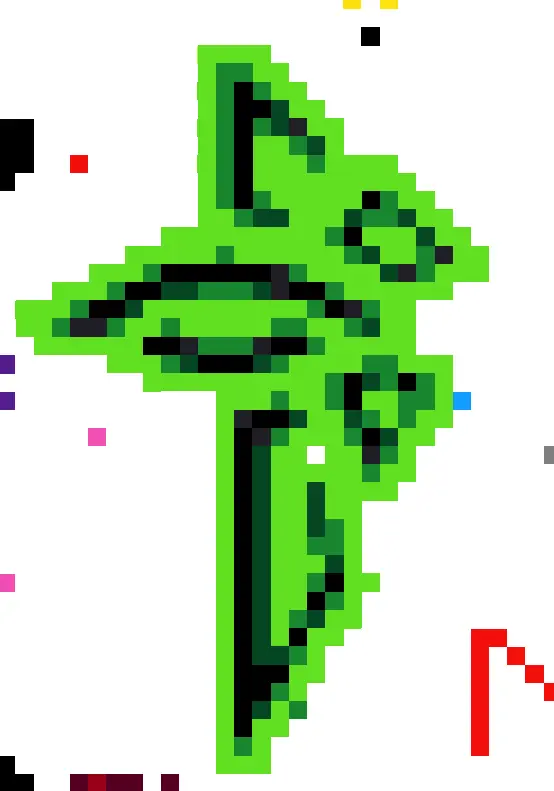I mean I feel stupid typing it now, but I’ve been using Windows since I was 5 years old, and Linux for about 30 days. It was not apparent to me that many of my folders were actually shortcuts to stuff in my user directory, and now that I know to look out for them the location of my applications make sooo much more sense.
Wait until you learn about hard links
And bird mounts
Uh I think you meant bind mounts lol
Stupid autocorrect!
Err… I mean uhh… No, I mean bird mounts! Don’t you like mounting birds in your filesystem?
He said BIRD mounts and he meant it. It is up to us to rise to the level where we too can use bird mounts.
They might have but I certainly don’t
came here for this
deleted by creator
That beginners guide says to avoid creating circular symlinks. What if, entirely hypothetically, I already have a circular symlink?
Delete one
I created a symlink to the directory the symlink is in. If I try and simply ‘delete’ the symlink in a file browser it tells me that gigs of data will be deleted
You’ll want to delete it from the CLI, then. Try the
unlinkcommand
protip: put
bind -s 'set mark-symlinked-directories on'in your ~/.bashrc and alsobind -s 'set completion-ignore-case on'because why not :)There are some really old introductory unix texts of how the system is structured and why, 99% of this stuff is still true for most linux (except some weird experimental alternatives where people tried to create ms-unix ). The basic terminal commands should also be useful, and help you understand. For example open a terminal and see the command for copy (cp) or (mv) or mkdir rm rmdir and use -h for the help of the options of each (if -h doesn’t work then --help does) and then extensive documentation is found by name of command after “man” for manual ex: man chmod
One of the most magical things that happens in unix is mount, where you create a directory (mount point /mnt), take a device like your usb stick volume named sdb1
mount /dev/sdb1 /mnt
ls -lah /mnt
say you create /tmp/disks and in it a b c d e and mount 5 disks in a through e and it appears as one subdirectory /tmp/disks
Instead of looking at a file browser and something going cling-clong and appearing as a volume, what dumb people do






